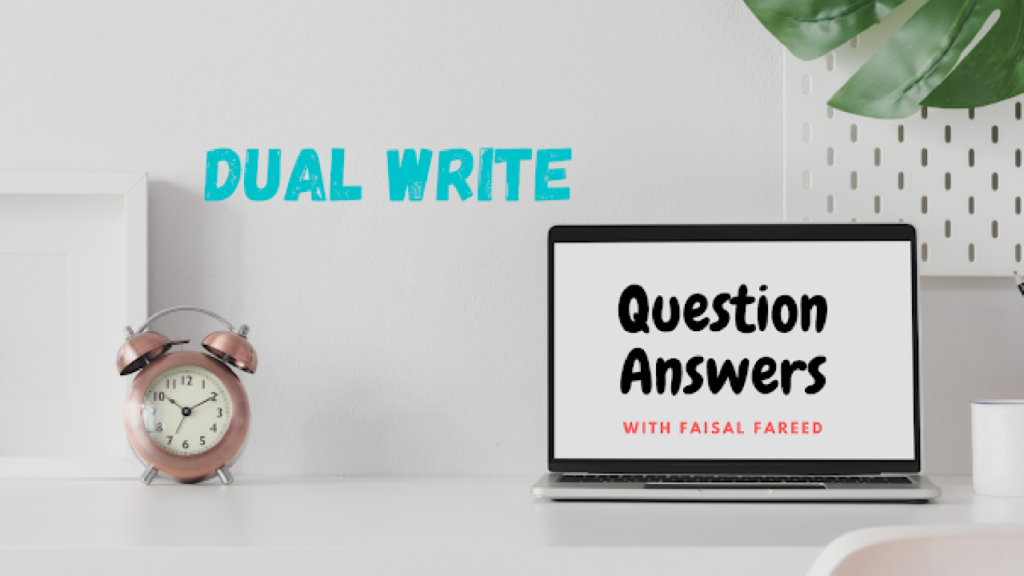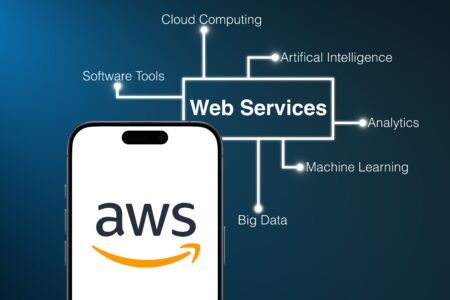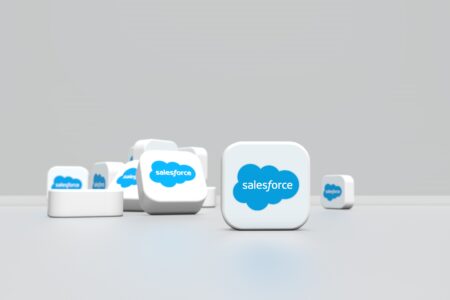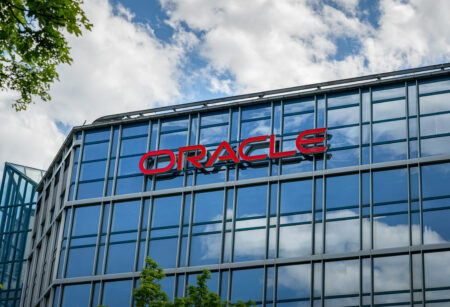Interested to watch the replay? Here are the recordings.
Dual Write is an out-of-box infrastructure that provides near-real-time interaction between model-driven apps in Microsoft Dynamics 365 and Finance and Operations apps. When data about customers, products, people, and operations flow beyond application boundaries, all departments in an organization are empowered.
Dual-write provides tightly coupled, bidirectional integration between Finance and Operations apps and Common Data Service. Any data change in Finance and Operations apps causes writes to Common Data Service, and any data change in Common Data Service causes writes to Finance and Operations apps. This automated data flow provides an integrated user experience across the apps.
Q&A part of any discussion/presentation benefits you to understand the topic from your viewpoint. The following are the questions I have received in all my online sessions. I will keep adding all future questions as part of this blog series.
Q: How to transfer this setup(mapping, JSON, etc..) to other env. (like DEV to SAT and SAT to PROD)
A: Dual-Write is solution aware which enables basic ALM (Application Lifecycle Management) abilities such as transportation and backup/restore of Dual Write maps across environments.
Q: Does it work well for entities that have composite keys
A: Composite keys are fine and Dual-Write automatically adds legal entity/company to the keys for entities that aren’t global to make them effectively composite.
Q: Do these apps (Dual write solutions) are Microsoft Owned or Customer-owned? Can it be possible to replace it with Customer-owned?
A: The apps are Microsoft-owned and automatically added to AAD so they’d be difficult to replace.
Q: OData isn’t known for great performance, how long does the initial sync take?
A: True on OData performance, initial sync depends on the volume of the data. Dual Write syncs record-by-record.
Q: You mentioned there are still some features coming in the future. Can you estimate how much of F&O has been already mapped to CDS and how much still to come?
A: Think of it as 2 parts.
1. The technology that allows the two systems to integrate in real-time. This I feel is pretty solid and improving.
2. Mapping scenarios that are developed by Microsoft.
Look here to look at concepts Microsoft has done and documented.
Q: Does it support multi-lines documents? something like Purch order with several lines
A: Yes. because it is in real-time.
Q: How errors are processed?
A: It will appear in real-time to the user
Q: so saving will not be allowed in CE?
A: correct. it will rollback. It is part of the transaction ttsbegin/ttscommit
Q: Is there a way at the moment to handle cross-company shared scenarios using the Dual Write?
A: Not supported with dual write at this moment.
Q: How Pricing sync works between CE and FO
Q: Question about licensing costs that might need to be taken into consideration when using CDS?
A: Licensing model that dual write is a service bring added to the product, but you do not need an additional license for it, so it’s included in your FinOps subscription so that allows you to get the data written into the CDS. However, as soon you need to have the data to use the data on sales you have to have to subscription for the sales or for marketing.
For whatever customer engagement apps you would like to use so that’s not included. So take care in this area.
Dynamics 365 Licensing and Pricing https://dynamics.microsoft.com/en-us/pricing/
Q: How do you handle situations where address fields on CE are 50 chars wide but 25 on FO?
A: Truncate, but the best to keep it equal size to avoid data lost
Q: Performance (speed) of CDS?
A: For performance, the recommendation is to sync 1000s of records with initial sync.
Q: Do unlinking environments have any impact on data already synched between FO and CDS?
A: There will be no impact already synced data with unlinking the environments, the data will remain in each environment and you need to delete from each environment before linking the environments again if needed
Q: Will we able to create a model-driven app with D365FO data rather than a canvas app?
A: Yes, dual write makes it possible to have FO data in CDS which can be used for any app.
Q: If we create the custom entity map, do we also have to add the integration key, or will it be added automatically?
A: Integration key comes from CDS which is an alternate key there (if defined otherwise company field) and this comes automatically to Dual Write.
Q: Is this restricted to a single tenant? Can it be used between tenants which are located in different datacenters?
A: Yes, both environments have to be on a single tenant. FO and CDS instances can be located on different datacenters but to avoid latency it is recommended to have both in the same datacenters.
Q: How to deploy dual write entity mapping from DEV to UAT to PROD?
A: Dual-Write is solution aware which enables basic ALM (Application Lifecycle Management) abilities such as transportation and backup/restore of Dual Write maps across environments. This is through solutions in PowerPlatform.






